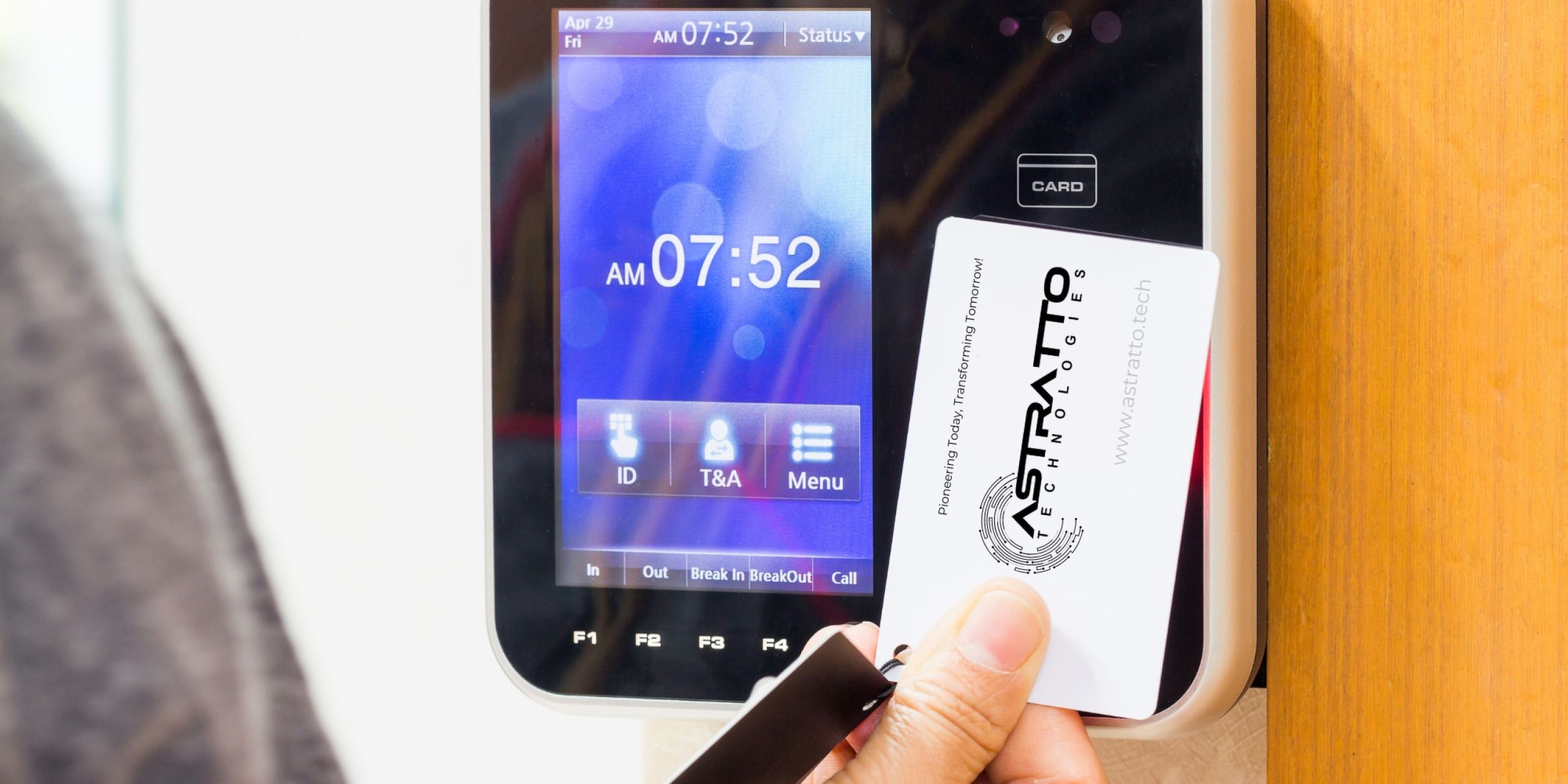
Access control is a critical aspect of maintaining a safe and secure environment in today's business landscape.
Secure your business premises with Astratto Technologies' advanced B2B Access Control solutions.
We offer comprehensive systems from leading manufacturers like Rhombus, Verkada, Axis Communications, Bosch Security, Kisi, and Brivo, providing robust and scalable security for your organization.
Our solutions are designed to manage and monitor personnel access, ensuring only authorized individuals can enter designated areas.
We offer a range of technologies, including keycard systems, biometric authentication, mobile access, and cloud-based management, allowing you to tailor your access control to your specific security requirements.
From simple door access to complex multi-site security, our expert team will design, install, and maintain a system that meets your needs.
We provide seamless integration with other security systems, such as surveillance cameras and alarm systems, for a holistic security approach.
With Astratto Technologies, you can enhance security, improve operational efficiency, and gain peace of mind knowing your business is protected
To learn more about our Access Control Solutions, please email hello@astratto.tech or call the numbers below.
US +1 (720) 303-1212
UK +44 (0)20 7173 9847
Unlock your business potential with the right technology
Start with a free call or email